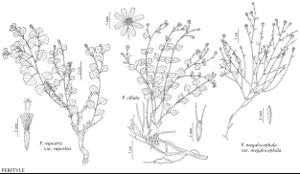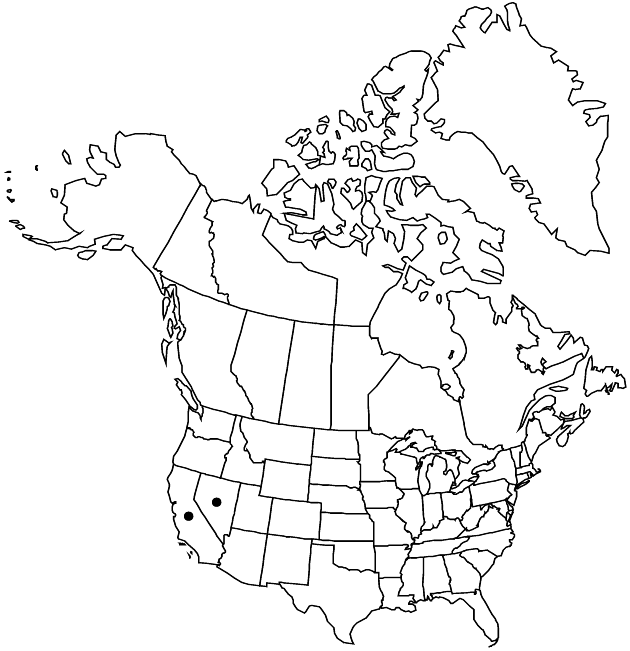Difference between revisions of "Perityle megalocephala var. megalocephala"
IllustratedEndemic
Treatment appears in FNA Volume 21. Treatment on page 327.
imported>Volume Importer |
imported>Volume Importer |
||
| Line 49: | Line 49: | ||
|publication year= | |publication year= | ||
|special status=Illustrated;Endemic | |special status=Illustrated;Endemic | ||
| − | |source xml=https:// | + | |source xml=https://bitbucket.org/aafc-mbb/fna-data-curation/src/2e0870ddd59836b60bcf96646a41e87ea5a5943a/coarse_grained_fna_xml/V19-20-21/V21_811.xml |
|tribe=Asteraceae tribe Heliantheae | |tribe=Asteraceae tribe Heliantheae | ||
|subtribe=Asteraceae (tribe Heliantheae) subtribe Peritylinae | |subtribe=Asteraceae (tribe Heliantheae) subtribe Peritylinae | ||
Latest revision as of 20:14, 5 November 2020
Plants 30–55 cm. Leaves: petioles 1–6 mm; blades ovate, lanceolate-ovate or elliptic to suborbiculate, 4–8(–12) × 3–9(–12) mm. Pappi callous crowns or of vestigial, hyaline scales. 2n = 34.
Phenology: Flowering spring–fall.
Habitat: Crevices and rocky slopes in arid mountains
Elevation: 1400–3000 m
Discussion
Variety megalocephala is relatively common, growing usually in volcanic, also granitic and limestone rock in arid mountains of western and south-central Nevada and adjacent California. The lack of rays and pappus bristles separates var. megalocephala from the similar Perityle stansburii.
Selected References
None.
Lower Taxa
None.

